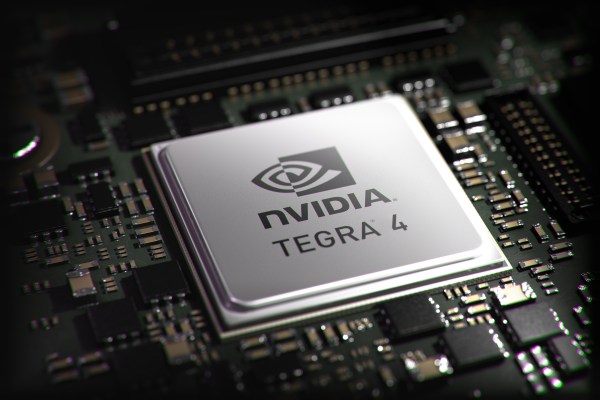NVIDIA is hoping to win back mobile processor marketshare with a plan that involves building its own smartphone and tablet hardware designs and offering them white label to OEMs in Russia and China, according to a new report from Unwired View. The idea is that by doing that, NVIDIA gets complete control over hardware performance, while also undercutting the competition on price and hopefully flooding the market with devices based on its platform.
That’s not a new strategy for NVIDIA, which has done essentially the same thing in the graphics card market, Unwired View points out. NVIDIA has some traction in smartphone and tablet processors with its existing Tegra 3 platform, and it announced the Tegra 4 was just announced at CES, with some predicting that it will be a big winner in the mobile market. But Qualcomm is the definite elephant in the room, and its new Snapdragon processors unveiled at CES look to push the envelope and help it maintain its lead among OEM adoption.
Building their own white label designs with producers aiming at the bottom end of the market has a couple of advantages for NVIDIA. First, it gives them an opportunity to control the entire soup-to-nuts product design, meaning they can build hardware that will maximize the performance of the Tegra processor. Second, they can start building their own components at a much higher scale, as their low-cost partners ship more and more cheap, but fairly high-quality units in developing markets. That will help with economies of scale, making it easier to produce chips cheaply and in large batches for other hardware producers.
Devices resulting from this plan will begin to come to market in the May to June timeframe, if the report’s source is correct. Some of these will carry the NVIDIA branding, Unwired View says, and some will not, but all should be relatively high-quality devices at the price points offered. This is still a rumor at this stage, but an intriguing one that if true, could help NVIDIA gain even more ground as a mobile processing powerhouse on the international stage.
